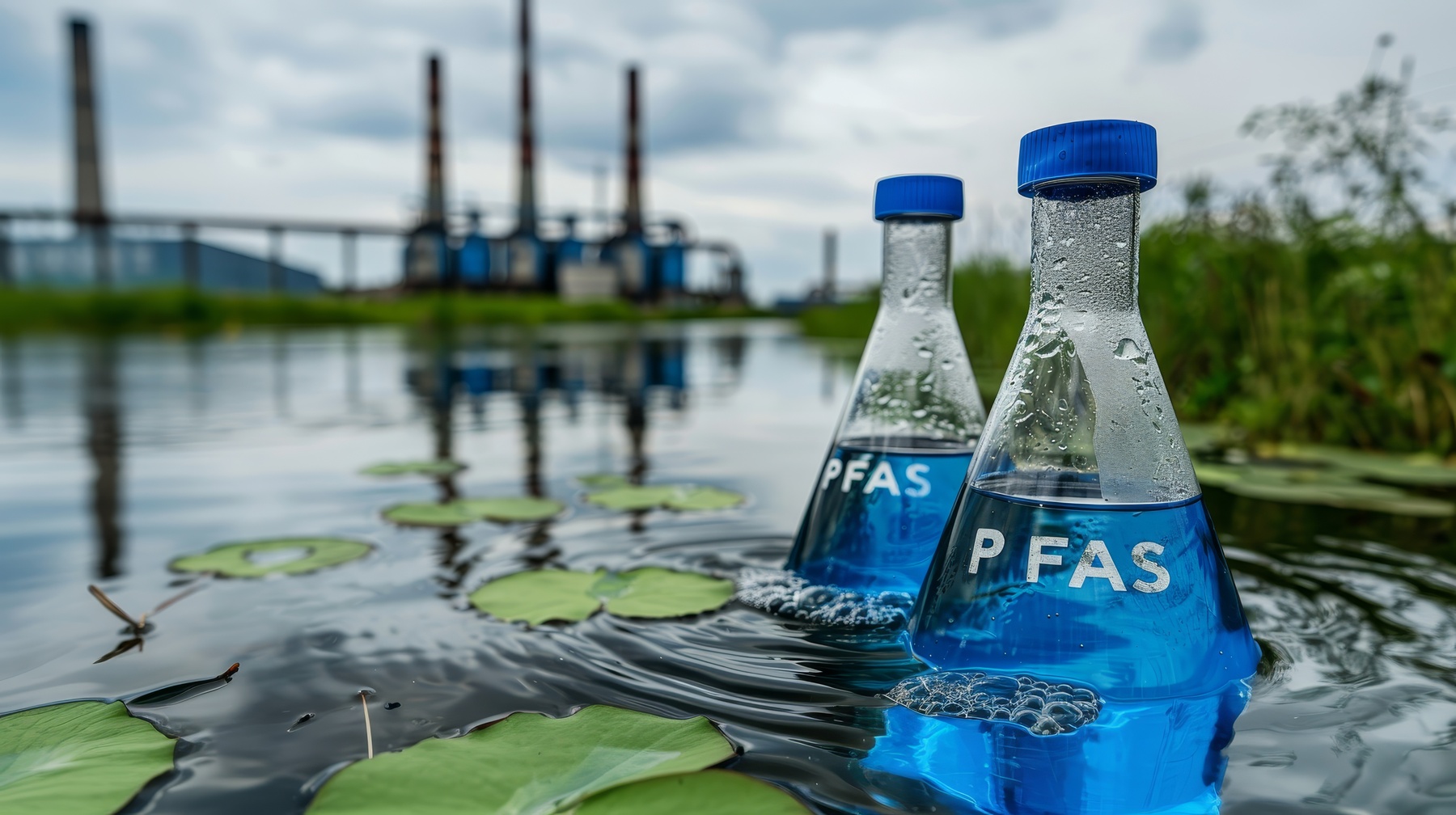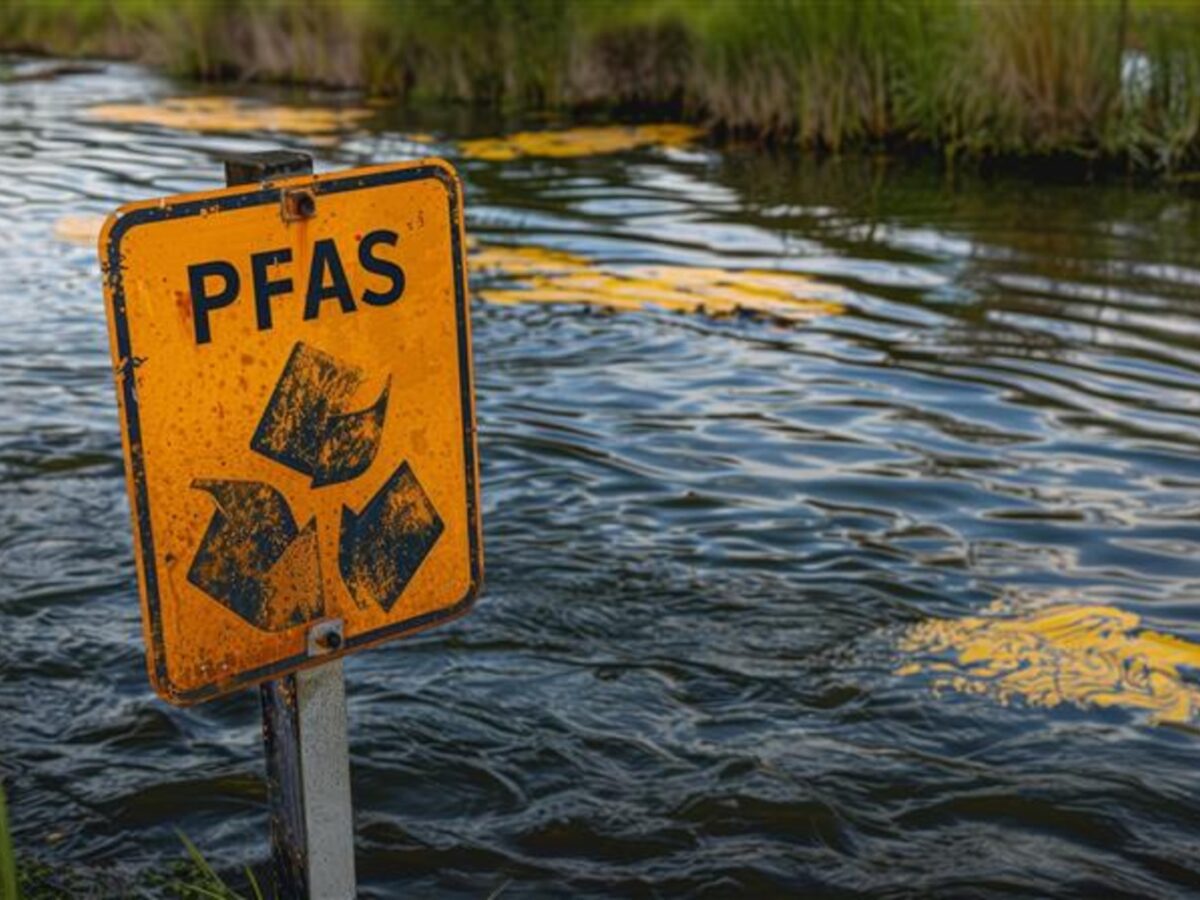Per- and polyfluoroalkyl substances (PFAS) are chemicals that are ubiquitous in the environment and don’t break down easily. As awareness grows, new technologies are being tested to remove PFAS from drinking water sources. These technologies are still in the early stages and mostly being tried out in small experimental setups—but they offer hope for larger, real-world solutions.
Here’s a breakdown of some of the promising methods:
Breaking PFAS with Powerful Reactions: Advanced Oxidation Processes (AOPs)
Some scientists are looking into extremely powerful chemical reactions to destroy PFAS. These reactions aim to break the chemical bonds in PFAS, which is tough because PFAS are incredibly stable—like a piece of steel protected by a strong epoxy coating.
Different versions of the advanced oxidation method include:
- UV Light – Using ultraviolet (UV) light alone to try and break the bonds.
- UV with Metals – Adding metals that get “excited” under UV light to help break PFAS.
- Hydrogen Peroxide Reactions – Combining iron and hydrogen peroxide to produce aggressive reactants.
- Electrochemical Reactions – Using electricity to destroy PFAS on metal-electrode surfaces.
- Sound Waves and Radiation – Using advanced methods like acoustic waves, ionizing radiation, or plasma to generate enough energy to break PFAS apart.
These methods aren’t ready for widespread use yet—they’re complex and expensive—but they may hold promise with more research.
Reversing the Chemical Reaction: Advanced Reductive Processes (ARPs)
Instead of attacking PFAS with oxygen-based processes, this method exposes PFAS to particles that give electrons, helping to break their strong bonds. Some of the ways to make this work involve laser bursts, special chemicals, microwaves, or even electron beams. However, some ingredients used can be toxic or too expensive for drinking water treatment, so more testing is needed to make this approach practical.
Better Materials for Capturing PFAS: New Adsorbents
Today, many water treatment plants use activated carbon or special resin beads to trap PFAS. Scientists are working on improving these or coming up with new materials altogether—including carbon nanotubes, clays, polymers, and even magnetic materials. The big challenge? Many of these are currently too costly or complicated to use on a large scale, though lower-cost options are being explored.
Can Nature Help? Biodegradation
In some cases, bacteria and fungi in wastewater systems can slowly break down certain PFAS-like chemicals. But here’s the catch: they can only take it so far. The central part of the PFAS molecule (the perfluoroalkyl moiety) remains untouched, and full destruction hasn’t yet been shown in a way that would work in drinking water systems. Still, history shows us not to rule anything out—scientists once thought similar pollution from PCBs couldn’t be broken down either, but eventually they found ways to do it using microbes.
While traditional water treatment processes fall short in removing PFAS, technologies like activated carbon, ion exchange, and reverse osmosis offer partial solutions—though these too have limitations, especially with smaller PFAS compounds. Emerging methods are promising but still require further research, testing, and cost analysis before they can be widely implemented. Until then, both innovation in treatment technologies and efforts to reduce PFAS at the source remain essential to protecting public health and the environment.
Be sure to check out Part I and Part II of this series on PFAS!













